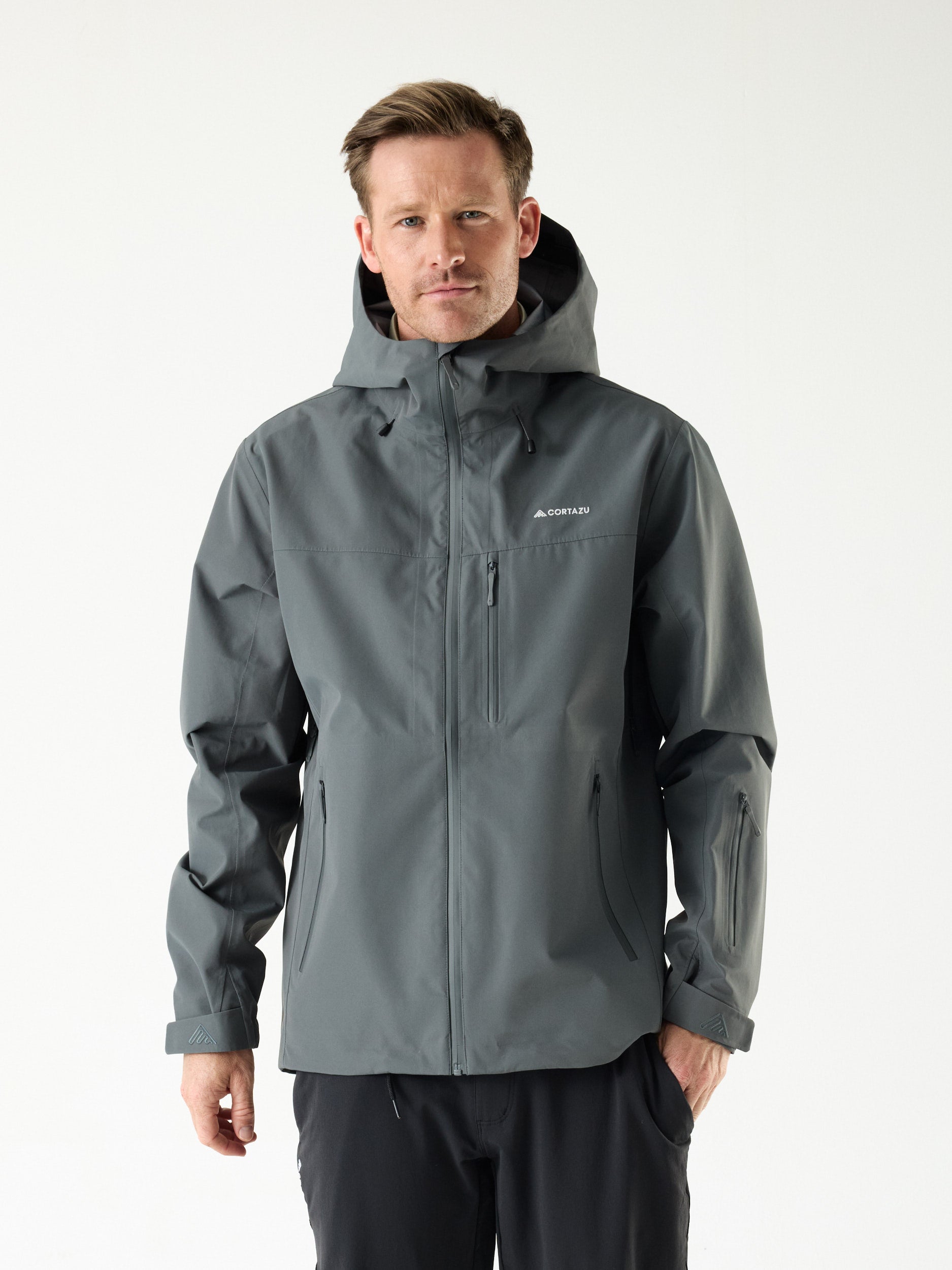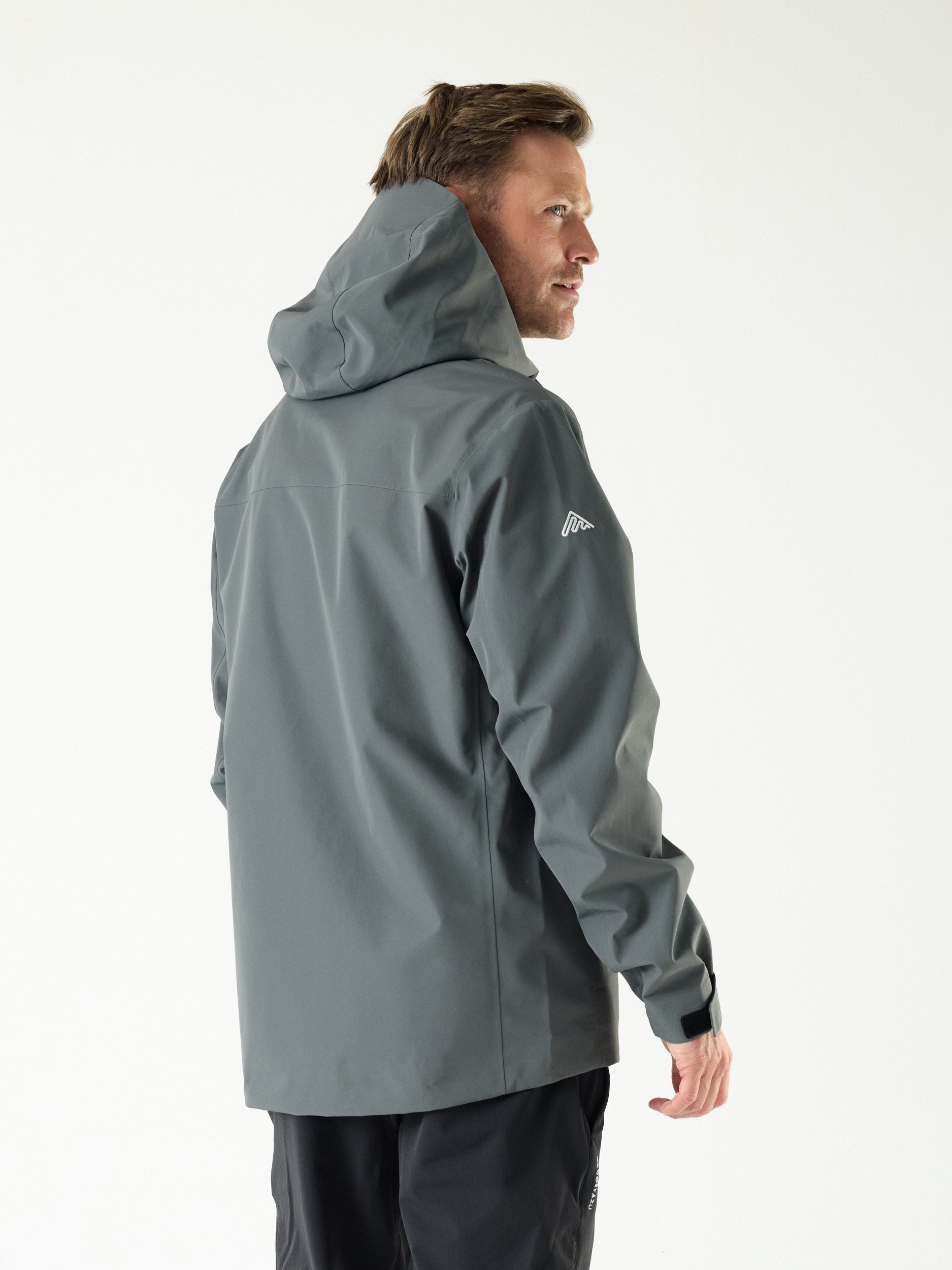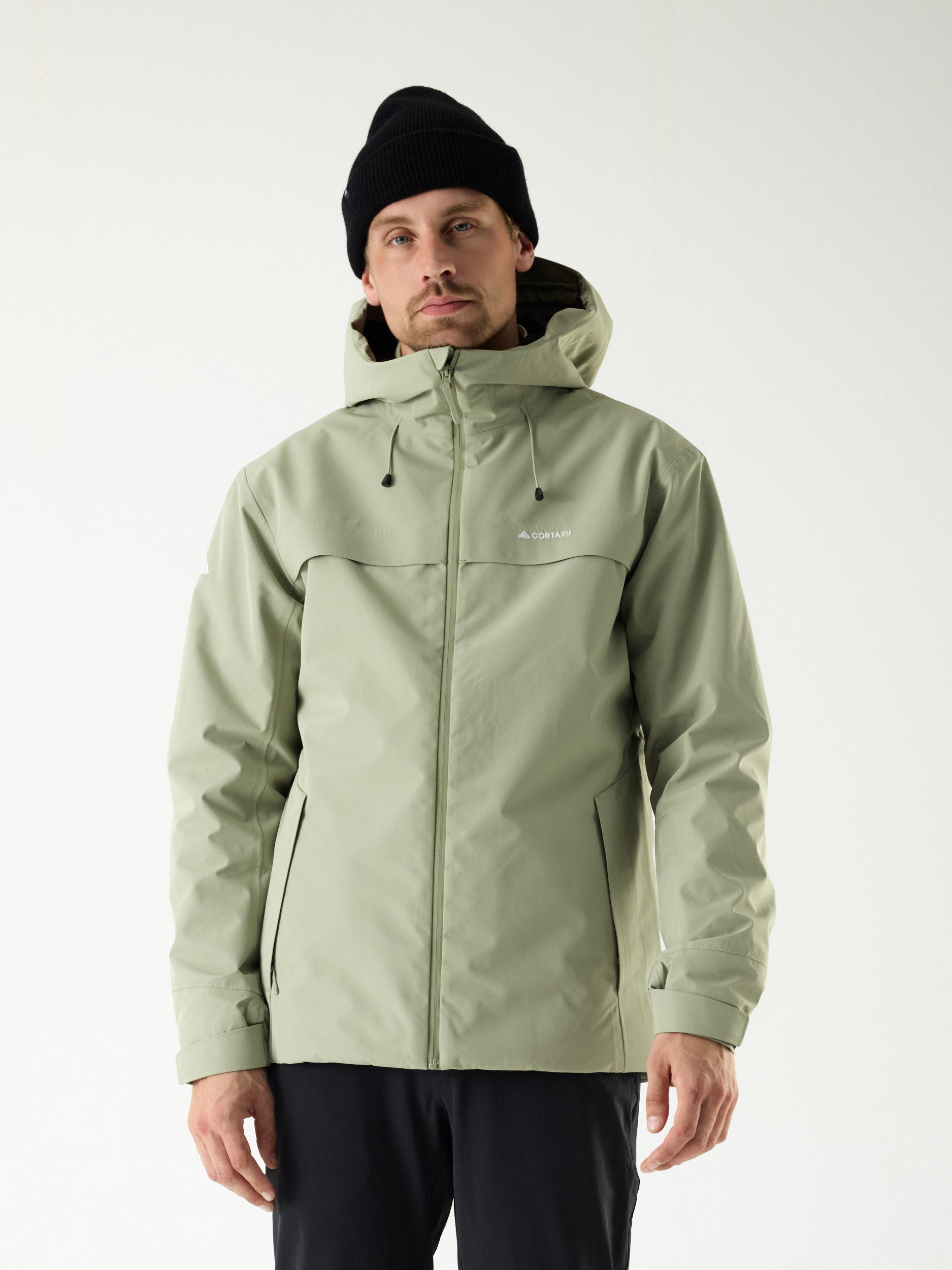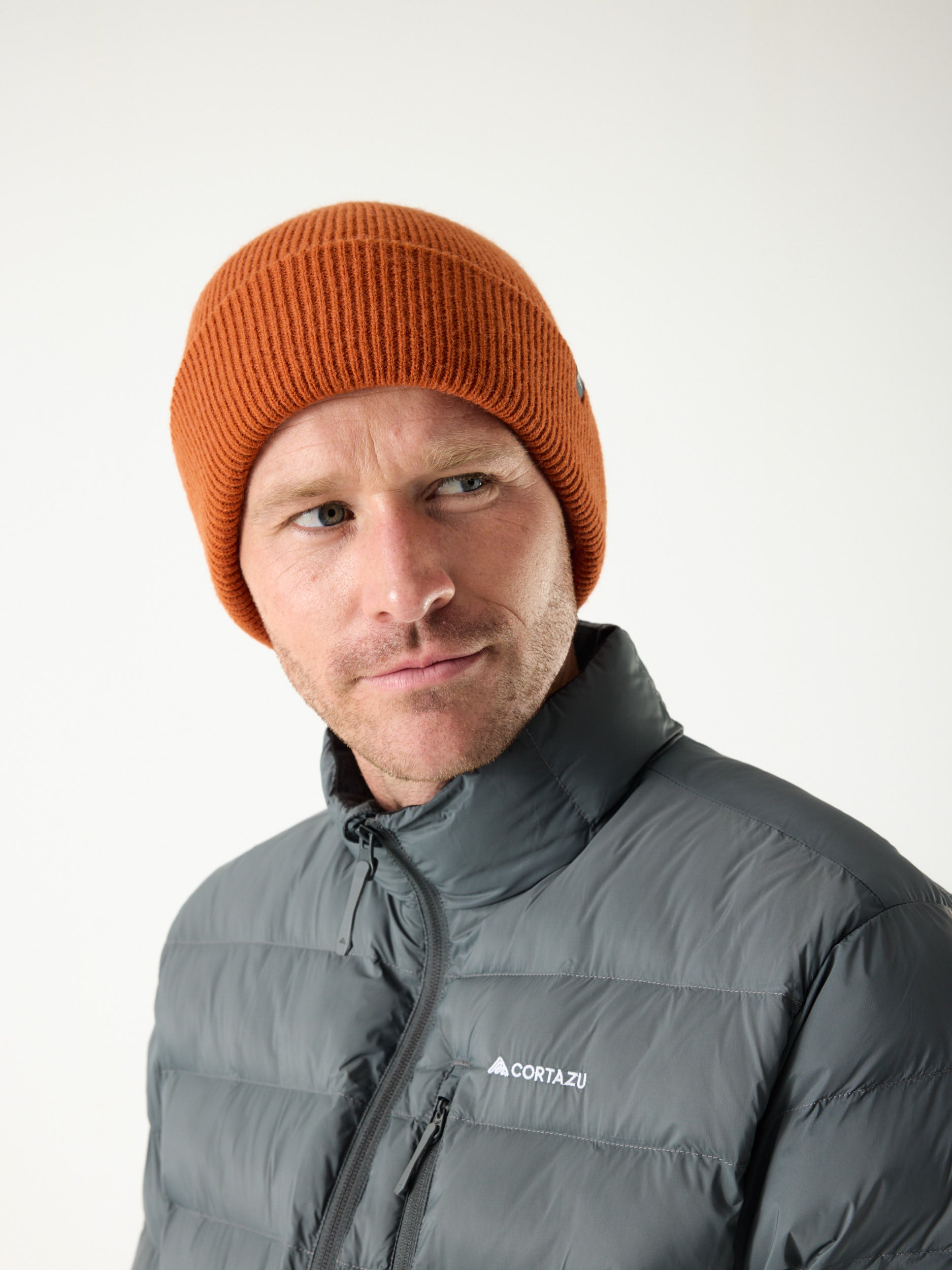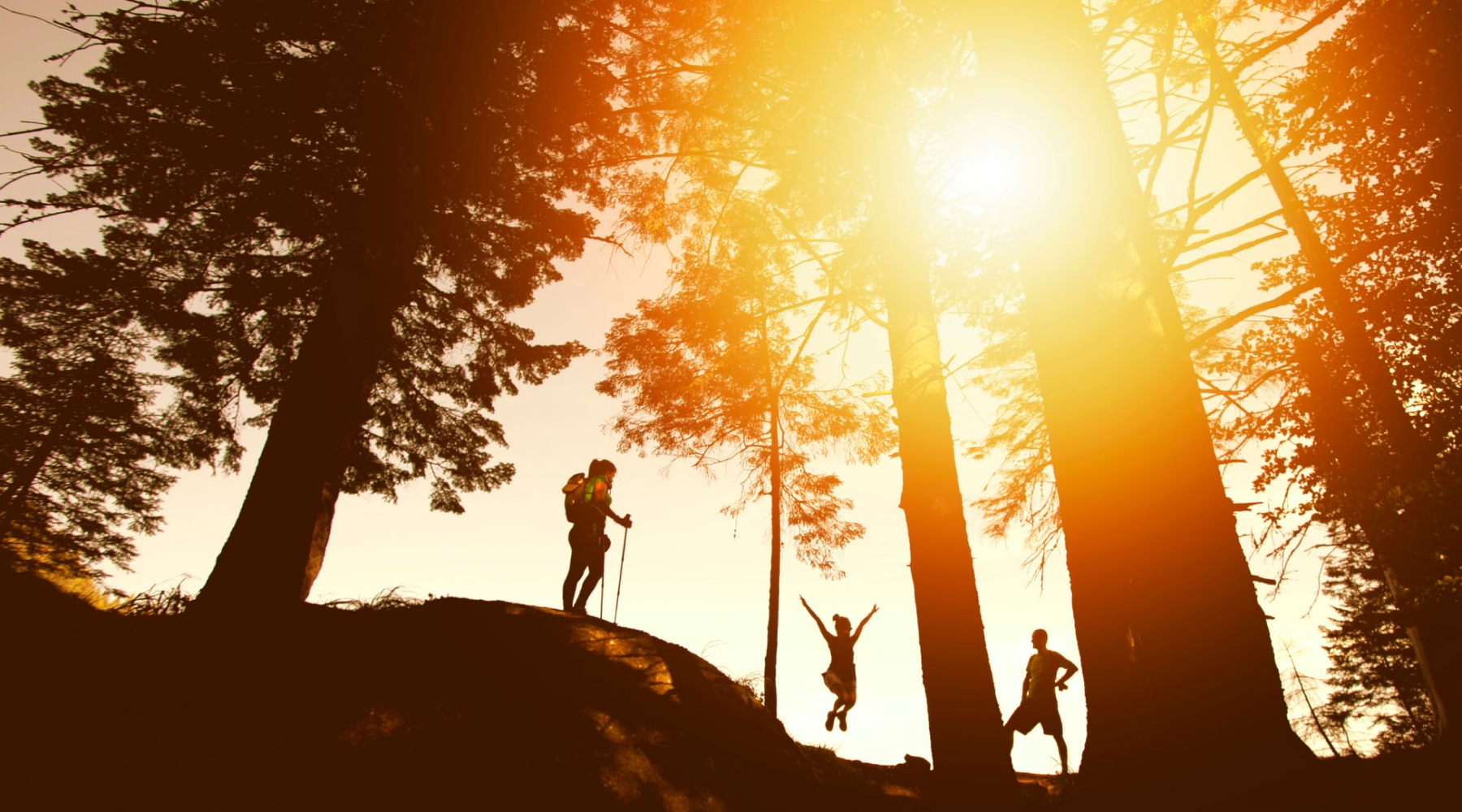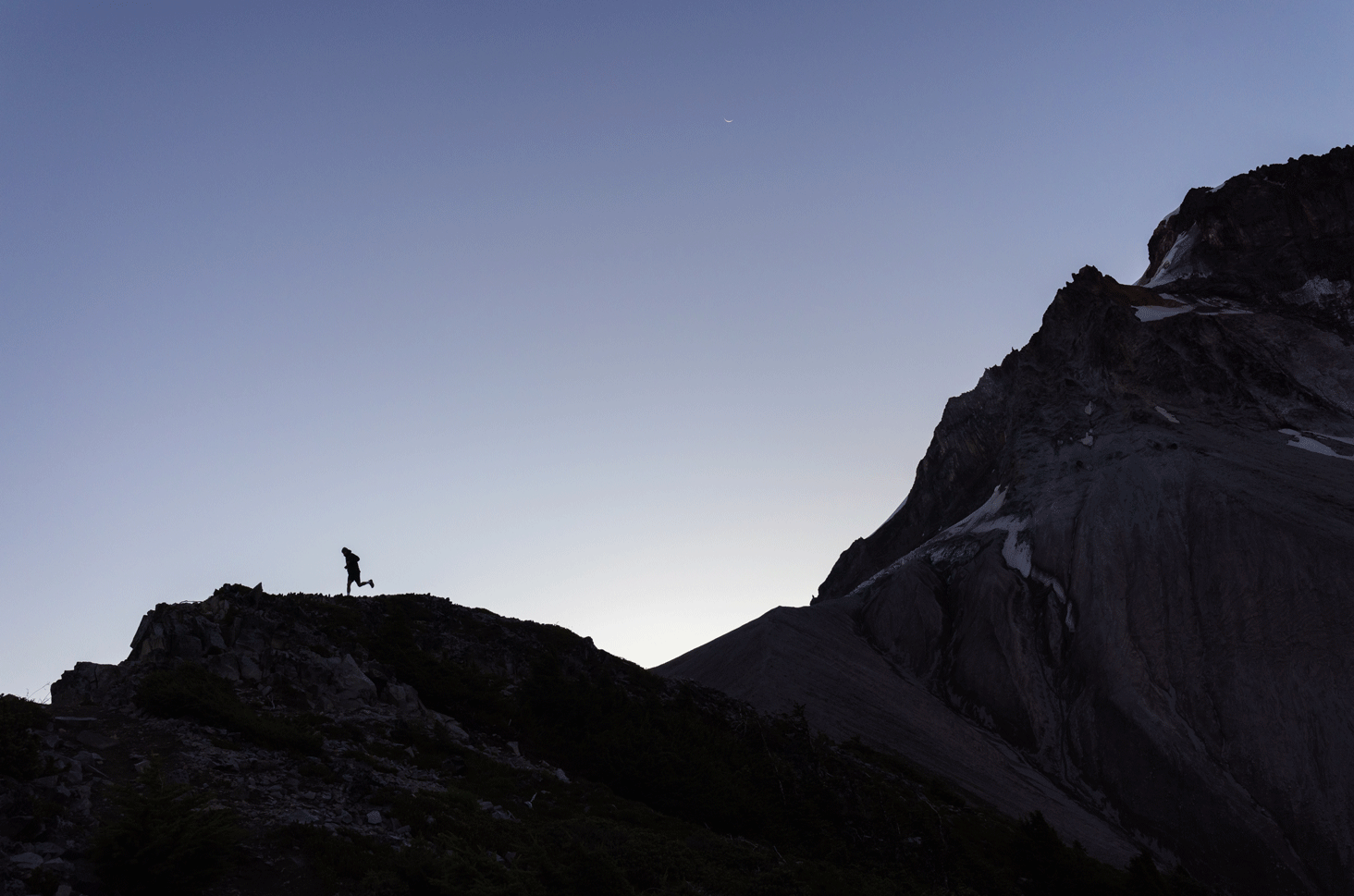The natural environment is not only our playground, but also our home - and as outdoors-people, we should be on the frontlines of protecting it. However, the realities of climate breakdown can be overwhelming, and sometimes it’s hard to know where to begin. You don’t need to be a climate scientist, hardened activist or pro-skier to engage with environmental issues - and here we’ve pulled together some of our favourite ways to speak up for the planet whilst in the mountains, and help make your outdoor adventures a little more sustainable.
1. Embrace flygskam
Let’s start at the beginning. All great adventures start the minute you step out of the door - and altering the way you travel to the mountains is the first step towards decreasing your impact on the environment. Budget flights and the existence of Skyscanner have brought the world to our fingertips, making it easier than ever to reach some of the world’s wildest places within a few hours of leaving home. Air travel accounts for 2% of the world’s CO2 emissions - which at first glance, doesn’t seem too overwhelming. Don’t be fooled. The aviation sector is growing so rapidly that estimates suggest that by 2050, it could consume 25% of the carbon budget required to keep levels of warming to 1.5 degrees Celsius.
The reality of climate breakdown is inescapable - and the mountains illustrate this perfectly. Retreating glaciers, dwindling snow levels and a shrinking winter season are all consequences of a changing climate - so next time you’re planning a week’s escape to the Alps, embrace the Swedish concept of ‘flygskam’, or flight-shame, and trade carbon-intensive flights for something a little greener.
Rail travel is becoming more and more accessible, and getting to the mountains by train has never been easier. Check out Snowcarbon for tips on planning your next rail-powered ski holiday.
2. Buy better
Spending time outside doesn’t mean you need to spend your whole pay cheque on the latest outdoor kit - however long hill days can be made safer and a lot more pleasant if you know you are able to rely on the gear you have with you. Outdoor brands are just like any other business - they survive by constantly innovating and redesigning the products they offer, and this endless cycle of production takes a toll on the planet. Cheap and cheerful outdoor clothing is readily available, and though the price tag is appealing, a £10 fleece is the outdoorsy equivalent of mainstream fast fashion. As consumers, it falls to us to hold brands to account, and as outdoors-people, we should be supporting those who value the planet over profit.. Companies that care will shout about it - but beware of greenwashing. Before purchasing, take the time to find out where and how an item was produced - and who it was made by. Invest in high quality items which will last a lifetime, and serve more than one purpose.
3. Give your gear some T.L.C.
Often forgotten or neglected, taking proper care of the outdoor kit you own can make it last for much longer than it otherwise would. We all know cleaning muddy hiking boots is no fun - however leaving your outdoor footwear to fend for itself can drastically shorten it’s lifespan. Boots should be cleaned after each use, and reproofed regularly in order to maintain their waterproof properties. Waterproof garments also need reproofing to reboot water-repellency and remove dirt which can compromise the breathability of waterproof membranes - use a wash-in product to treat the whole garment, or a spray to focus on high-wear areas such as the shoulders and waist, which often come into contact with rucksack straps. Nikwax produce aftercare products for all outdoor equipment, which is water-based and PFC-free, letting you show your gear some love - and the planet too!
4. If it’s broke…

Fix it! To borrow the well-known slogan, the best way to lessen the environmental impact of your outdoor gear is to use what you have, and make it last as long as possible. Basic sewing skills go a long way, as does puncture repair tape - a down jacket with a few patches always looks better than a shiny new one.
5. Ditch single use
Heading into the mountains is no reason to subconsciously embrace single use products - sure, it’s convenient, but we’re all aware of the problems plastic pollution is causing around the world. Swap out plastic water bottles for reusable ones, and avoid flimsy plastic camping accessories like sporks by investing in a more durable alternative. Those aren’t the only offenders though - little things like freeze-dried meal pouches, energy bar wrappers and instant hand warmers all make outdoor life more comfortable, but all end up in landfill. Avoid buying into unnecessary luxuries, and support brands which are making a conscious effort to limit the volume of waste their products produce - for example Firepot or Outdoor Provisions, both of which use fully compostable packaging. For extra eco-points, go a step further and experiment with making your own snacks and dehydrated food to fuel your next mountain adventure.
6. Leave No Trace
Something we should all already be doing. The principles of ‘Leave no Trace’ lay down some ground rules for spending time in the outdoors, ensuring that natural spaces are not degraded by our enjoyment of them. These can be condensed into 7 simple points, enabling us to pass through nature invisibly, leaving nothing behind and taking nothing with us.
-
Plan ahead and prepare fully: properly planning your trip enables you to be prepare for all eventualities, including challenging terrain, gear issues and anything the weather may throw at you. Plan routes which minimise disturbance to natural habitats, avoiding ecologically delicate areas such as rocky slopes or thick vegetation.
-
Travel and camp on durable surfaces: Soil erosion is becoming a serious issue in the mountains, particularly in popular areas with high footfall. More on this below.
-
Dispose of waste properly: Pack. It. Out. Anything and everything you carry out into the outdoors you must always bring back with you - this includes any rubbish, toilet paper, and, yes, human waste. This can be buried, but always at least 6cm deep and away from all water sources, houses and campsites.
-
Leave what you find: resist the urge to take home mementos of your trip. If it was there when you arrived, leave it. Unless it’s litter, in which case take it with you.
-
Minimize campfire impact: campfires are iconic in outdoor culture, and the ability to build one is a key skill - however overuse of fires has led to the degradation of the appearance of wild places, especially in popular tourist areas. Camping stoves are a popular alternative, being lightweight to carry and having minimal impact on the environment. If firewood is needed, for example when staying in a bothy or using a wood stove, it should be carried in. Live trees should never be cut for firewood, and dead trees create habitats for a whole host of living things.
-
Respect wildlife: ecosystems are fragile things, and simple steps can be taken to preserve them. Keep groups small and noise to a minimum, and avoid disturbing flora and fauna just to get a closer look. The natural world has intrinsic value, beyond providing us with landscapes to explore and enjoy. Take time to learn about the land you are travelling across, no matter whether it’s your back garden or a completely new country. The ability to read the landscape, and recognise certain features adds a new dimension to spending time outside, and subconsciously increases the drive to protect it.
-
Be considerate to other visitors: everyone should be able to enjoy their time outdoors - so respect your fellow adventurers! Avoid shouting and loud music, or excessive phone use. If camping, arrive late and leave early, setting up tents away from the main trail. Put simply, stick to these 7 points, and we’ll all get along great!
7. Tread lightly
It’s called “bog-skirting”. Tiptoeing around the edge of the giant puddle that has conveniently positioned itself in the middle of the trail, in an attempt to preserve the dryness of your boots for just a little longer. We’ve all been there at one time or another. However although it seems harmless, the longterm effects of hikers avoiding less favourable terrain, especially in areas of heavy footfall, aren’t great for the environment. Walking off-trail creates new pathways, resulting in vegetation damage and soil erosion on a massive scale - the very thing hiking trails have been created to prevent. Trampled vegetation can take up to 500 years to recover - it doesn’t take that long to clean your boots, so give the plants a break and just walk through the mud instead.
8. Get involved
Individual changes are important, but can only go so far. Real environmental action comes about through collective collaboration - joining a group or organisation working on combatting the climate crisis provides community, support and a platform through which to influence governmental policy and decision-making. There are hundreds of environmental groups out there standing up for the planet, many of which combine environmentalism with a passion for the outdoors. Here are some or our favourites:
-
Protect Our Winters: Founded by pro-snowboarder Jeremy Jones, POW is a network of athletes, scientists, resorts and brands, fighting to promote climate action within the snowsports community.
-
Balkan River Defence: A river conservation movement connecting science and adventure sports, working to prevent the construction of dams on the last of the wild rivers in Europe.
-
Surfers Against Sewage: a movement of ocean lovers aiming to combat plastic pollution and degradation of the UK’s coastlines.
-
Climb It for Climate: organised by the non-profit One Tree at a Time, Climb It for Climate is a growing movement to raise awareness of climate change and the shortening winter season, by encouraging people to get outside and climb a hill. Head to their Facebook page to find the next event, or organise your own



